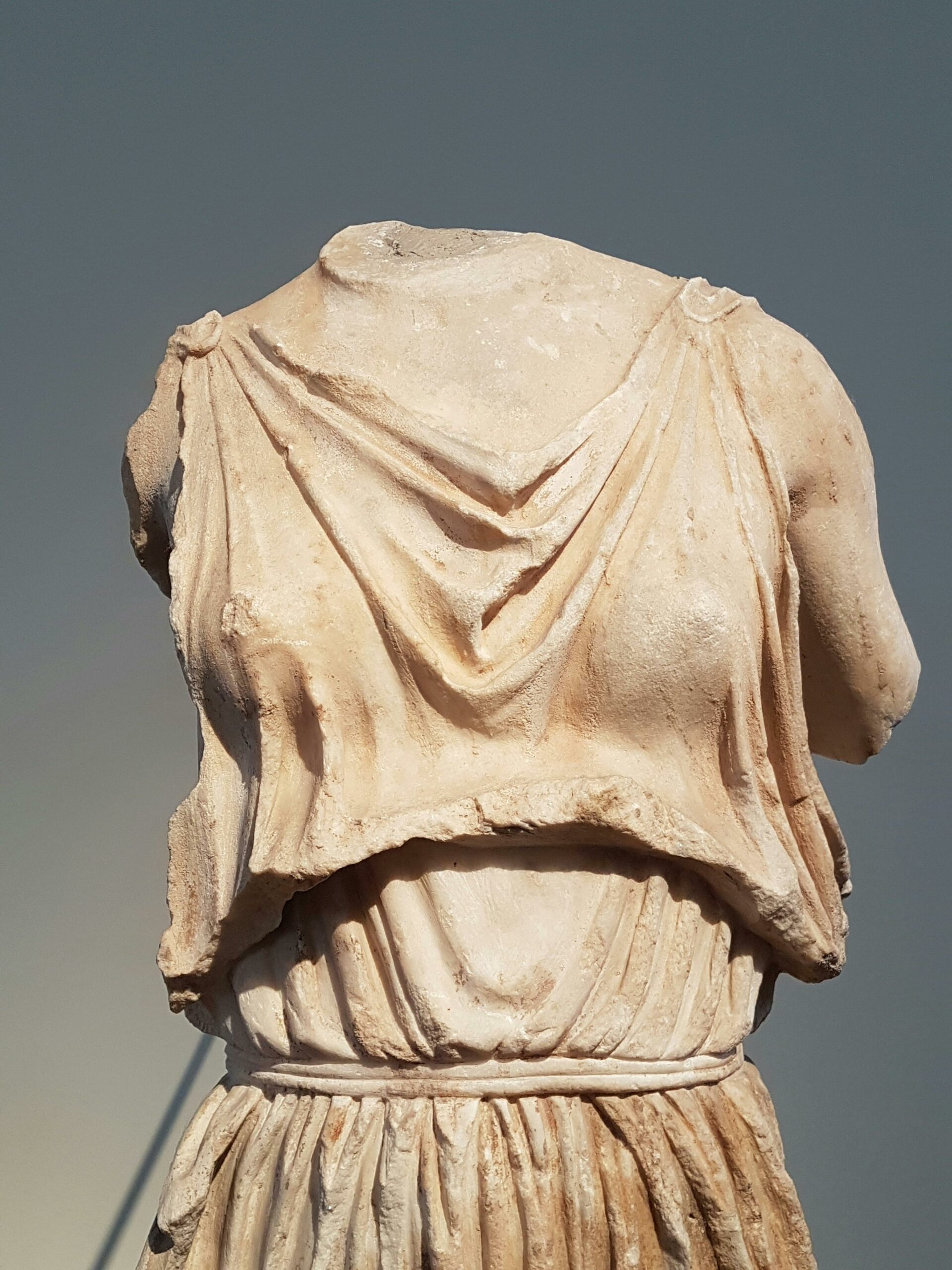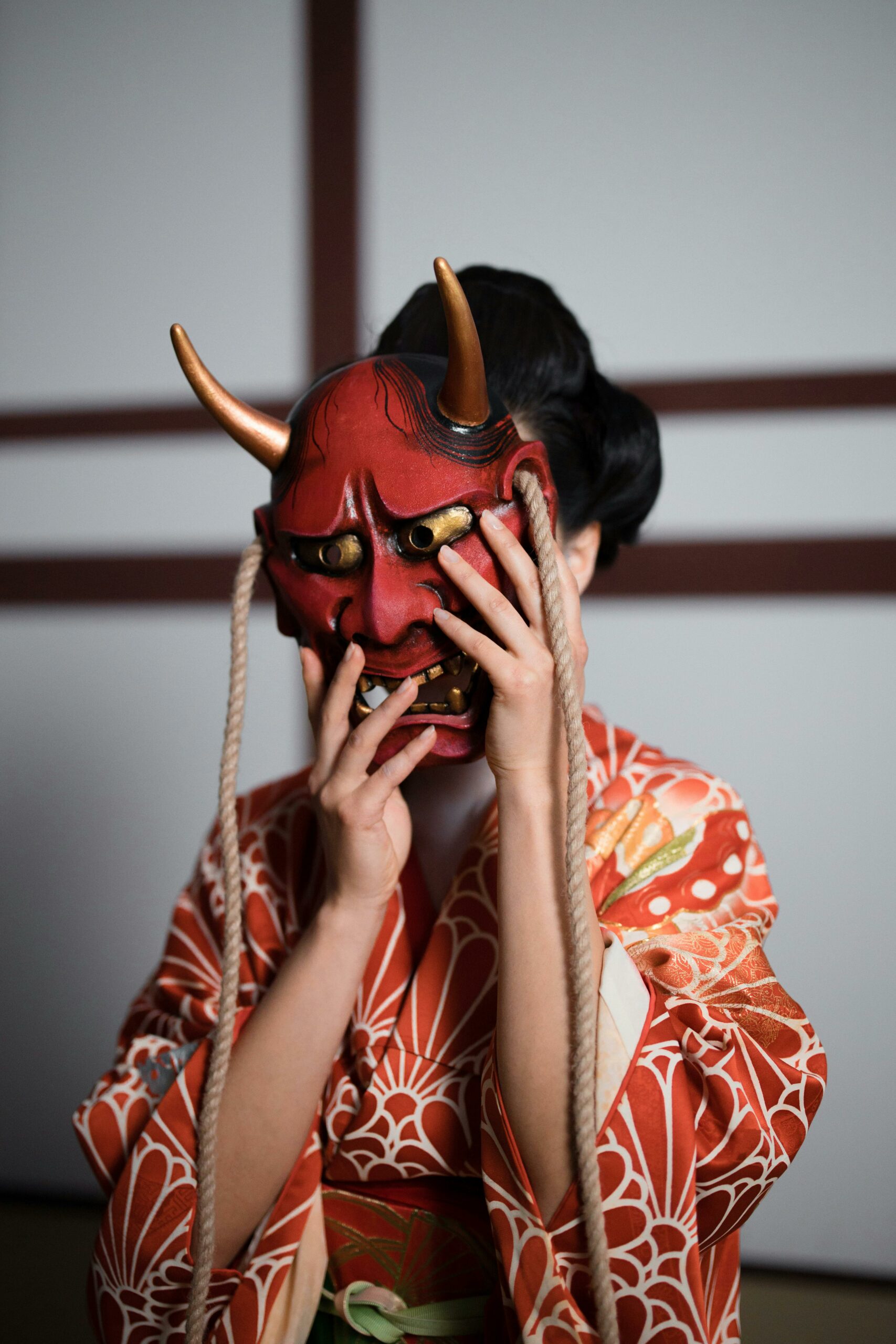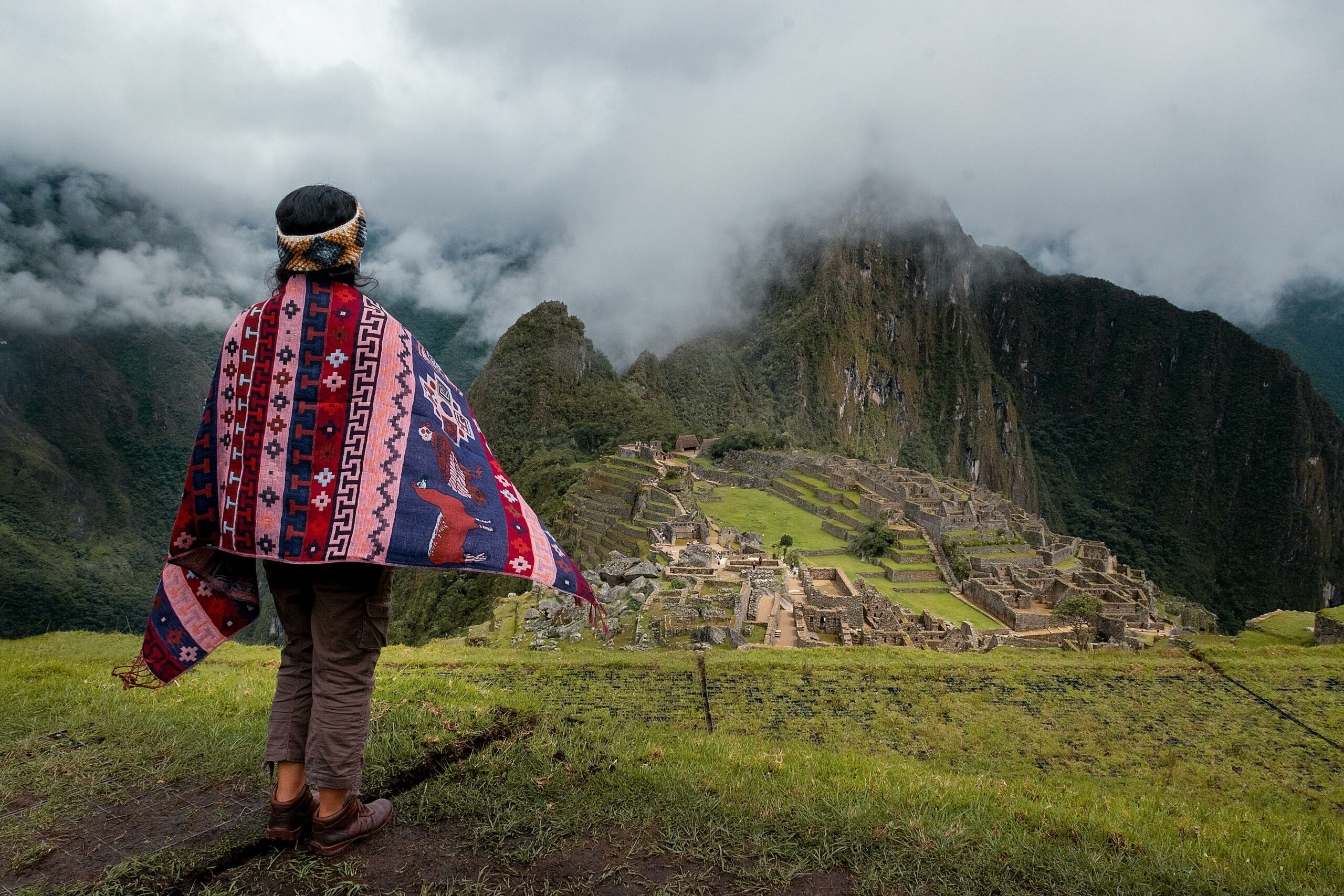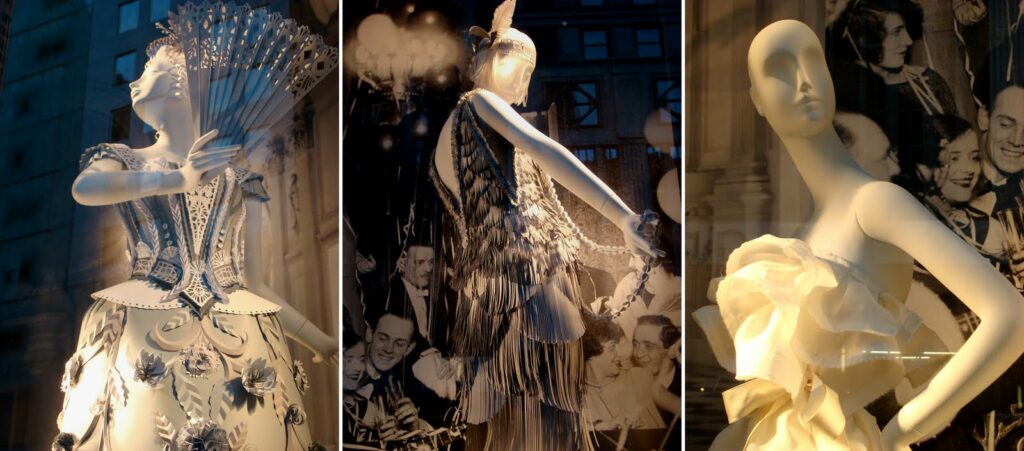Fashion is more than fabric and form—it’s a language, a legacy, and a cultural memory woven into every hem. Archetypal elements of traditional clothing serve as visual markers of identity, history, and artistry. Each culture has developed unique silhouettes, patterns, and materials that have stood the test of time, inspiring designers, historians, and artisans alike. Let’s explore the signature Archetypal Fashion details of iconic styles from across the globe, along with their typical color schemes, materials, and the craftsmanship involved.
Ancient Greece: Drapery and Divine Balance
- Key elements: Tunics (chitons), cloaks (himation), rope belts
- Colors: Ivory, gold, turquoise, terracotta
- Materials: Linen, wool, metallic thread, bronze clasps
- Craft complexity: Low to moderate (but artistic draping requires skill)
Greek clothing centered around simplicity in shape but grandeur in symbolism. The Grecian tunic, often fastened at the shoulders and cinched at the waist, allowed free movement and highlighted the natural form. Color held meaning—white for purity, red for status, blue for the divine. Gold thread and bronze embellishments elevated garments into symbols of civic pride or mythic association.

India: Ornate Layers of Identity
- Key elements: Sarees, lehengas, salwar kameez
- Colors: Rich jewel tones—ruby, emerald, sapphire, marigold
- Materials: Silk, cotton, brocade, zari (metallic thread), mirrorwork
- Craft complexity: High (hand embroidery, weaving, dyeing)
India’s diverse regions each have signature styles, but all share a love for intricate detailing and vibrant palettes. A saree can be a daily garment or a work of art, depending on how it’s adorned. Zari embroidery, mirror embellishments, and dyed gradients reflect regional heritage and social status. The tailoring of blouse forms, pleats, and border work demands patience and trained hands.
Scandinavia: Practical Elegance with Symbolic Stitching
- Key elements: Apron dresses, tunics, cloaks, tablet-woven belts
- Colors: Natural tones—brown, ochre, indigo, forest green
- Materials: Wool, linen, leather, bone, or bronze pins
- Craft complexity: Moderate (focus on layering, hand-stitching, and pattern weaving)
Traditional Norse and Sami clothing emphasized insulation and functionality, but it was never without beauty. Handwoven belts and border embroidery often carried protective symbols or clan markings. Women’s dresses featured layered aprons held with turtle brooches, and hoods or cloaks were lined with fur. Embroidery followed geometric patterns echoing ancient runes.

Japan: Elegance in Geometry
- Key elements: Kimono, obi, haori
- Colors: Plum, indigo, crimson, pale green, black, and white
- Materials: Silk, hemp, washi textiles
- Craft complexity: Very high (precise folding, dyeing, seasonal color symbolism)
Japanese garments are architecture in motion—every layer and fold is intentional. The kimono uses a flat fabric with minimal cutting, but the complexity lies in how it’s worn. Obi belts require a trained hand to tie properly, and motifs follow seasonal and social conventions. Dyeing techniques like shibori or yuzen are intricate arts in themselves, and the entire ensemble may take years to master and wear correctly.
North Africa & Middle East: Embellishment Meets Geometry
- Key elements: Djellabas, abayas, kaftans, turbans
- Colors: Indigo, desert sand, deep red, silver, black
- Materials: Wool, cotton, silk, silver threading, beadwork
- Craft complexity: Moderate to high (depends on region and ceremonial context)
Flowing forms, high contrast borders, and dense embroidery define many garments from these regions. Moroccan kaftans and Berber tunics use geometrics and talismanic symbols in their designs. Fabrics are adapted to the climate—loose for heat, layered for cold nights—and jewelry or headwraps are often part of the ensemble. Colors carry cultural significance; indigo is considered protective, while white suggests peace and spirituality.

Central and South America: Weaving as Identity
- Key elements: Ponchos, huipils, polleras
- Colors: Brights—magenta, turquoise, sunshine yellow, emerald
- Materials: Wool, alpaca, cotton, natural dyes
- Craft complexity: Very high (hand-loomed textiles with symbolic motifs)
From the Peruvian Andes to Mayan communities, textile art defines clothing in Latin America. Handwoven patterns narrate stories of family, gods, and land. Ponchos are not merely for warmth; they’re status symbols. Skirts (polleras) often feature tiers of lace and ribbon, worn with purpose and flair. Weaving can take weeks to months, with each color or motif chosen deliberately.
Conclusion: Threads That Tell Stories
Whether it’s the fluid grace of Grecian robes or the vibrant weaving of Andean cloth, traditional clothing carries layers of culture, belief, and creativity. For artisans and designers, studying these archetypes offers more than aesthetic reference—it offers insight into human expression itself.
These rich traditions continue to influence today’s fashion, from runway reinterpretations to indie brands blending old-world techniques with modern design. In a world that races forward, these threads of the past remind us of our roots, our rhythm, and our shared need to turn cloth into meaning.
Recommend0 recommendationsPublished in Uncategorized



